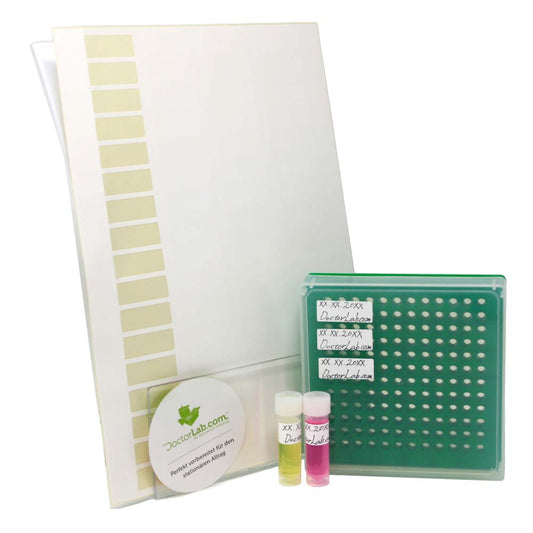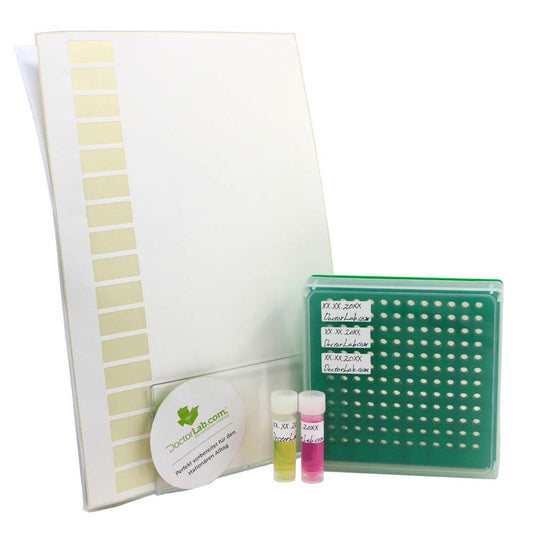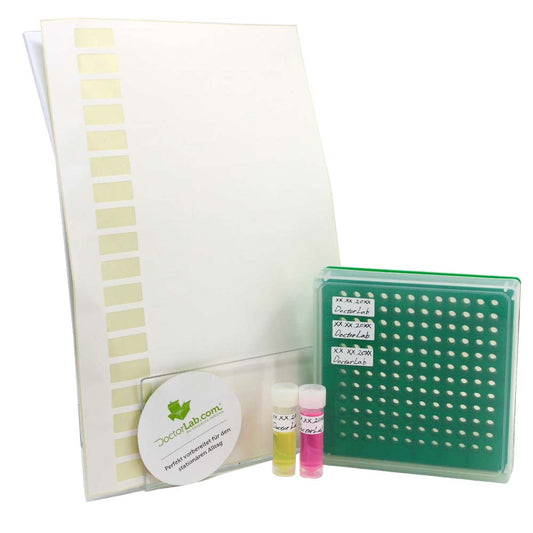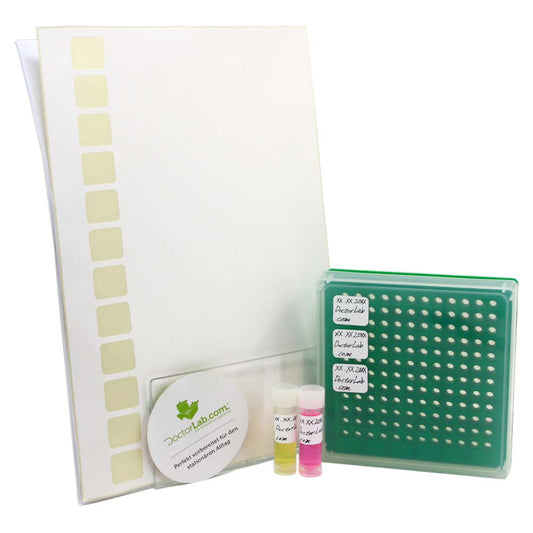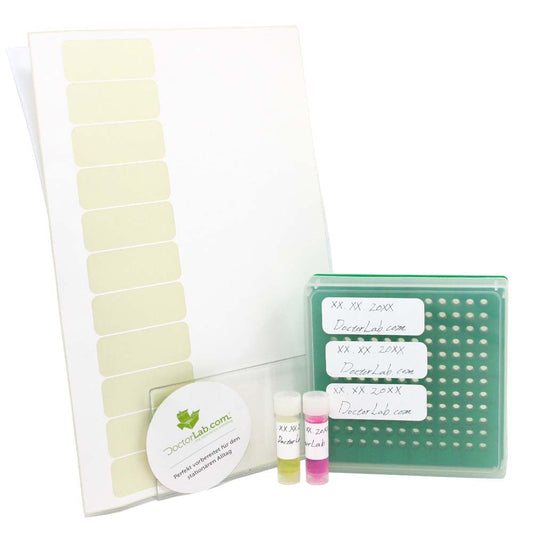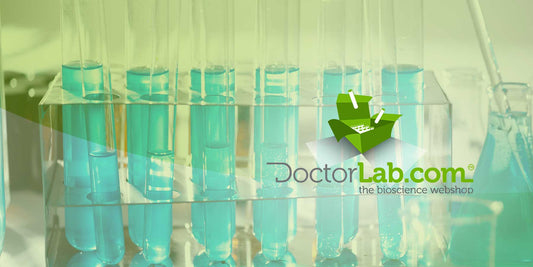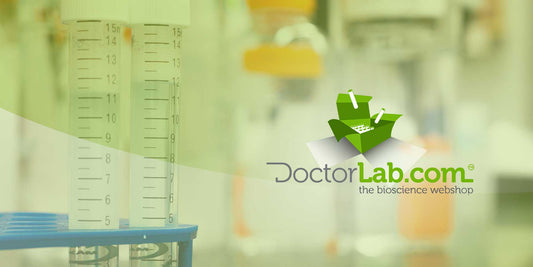
Cryogenic labels vs. laboratory labels: What are the differences?
Split
Cryo labels and lab labels are often used in laboratory settings to label sample tubes, cryovials, slides, and other containers. Although both types of labels can be used to label lab samples, there are some important differences to consider. In this blog, we will explain the differences between cryo labels and lab labels and highlight which labels are best for which applications.
Labor labels
Laboratory labels are labels that have been specifically developed for identifying laboratory samples. They are available in a variety of sizes and colors and can be easily labeled to ensure samples are correctly identified. Laboratory labels are usually made of paper or plastic and can usually be written on with a permanent marker or an A4 laser printer.
Most laboratory labels are resistant to autoclaves, solvents and ethanol. This means they can be used in most laboratory conditions without fading or becoming illegible. Lab labels can also be refrigerated for use in refrigerators or freezers as they are typically temperature sensitive.
Cryo labels
Cryo labels are specifically designed for labeling samples stored at extremely low temperatures, such as storage in liquid nitrogen. They are made from a material that is resistant to very low temperatures and will not fall off or peel. Cryo labels are usually made from polypropylene or polyester and have a permanent adhesive layer that remains intact even at extremely low temperatures.
The difference between cryogenic labels and laboratory labels
The main difference between cryogenic labels and laboratory labels is the way they are adapted to the conditions in a cryogenic storage facility. Cryo labels are made of a special material that is resistant to the extreme temperatures found in cryopreservation and storage of biological samples. They are designed not to lose their adhesive properties when stored in liquid nitrogen and are also resistant to dry ice and autoclaves.
Another important difference between cryogenic labels and laboratory labels is that cryogenic labels are permanent. This means they will not fall off or peel off if they come into contact with liquid nitrogen or dry ice. Cryo labels are also resistant to UV rays, commonly found in laboratories, and offer high wear resistance, ensuring they remain readable for a long time.
Laboratory labels, on the other hand, are usually made of paper or plastic and are ideal for labeling laboratory containers under normal environmental conditions. They are not specifically designed for use in extremely low temperatures and may peel or become damaged under these conditions. However, lab labels are also available in a variety of sizes and colors, offering a variety of options for labeling lab samples.
When it comes to labeling laboratory samples, it is important to select the right type of labels for the specific needs of your research. While laboratory labels are suitable for most applications, cryogenic labels are the ideal choice for cryoconservation and storage of samples at extreme temperatures.
Which labels should you choose?
If you need cryogenic labels or laboratory labels, it is important that you carefully consider the requirements of your application to ensure you select the correct labels for your needs. For example, if you need to store biological samples at extremely low temperatures, cryogenic labels are essential. On the other hand, if you need to label tubes and other laboratory vessels used in typical laboratory processes, laboratory labels can be an excellent choice.
As you can see, there are some important differences between cryogenic labels and lab labels. It is important that you understand the differences between these two types of labels to ensure you choose the right labels for your specific needs. If you have any further questions about cryogenic labels or lab labels, don't hesitate to contact us. We, DoctorLab.com , are here to help!

